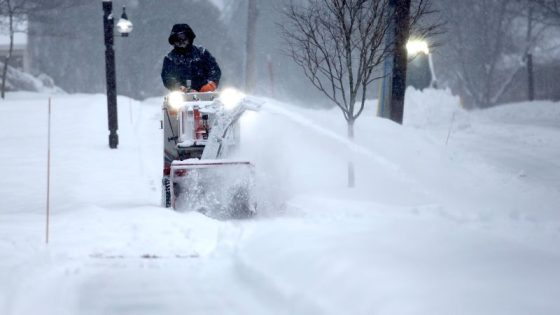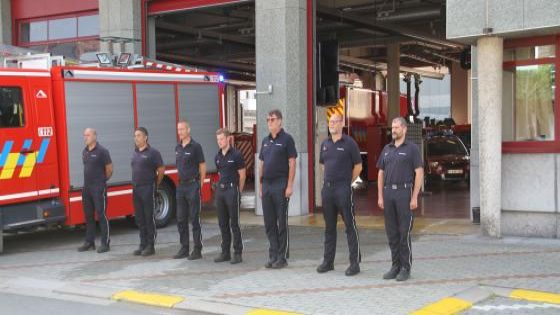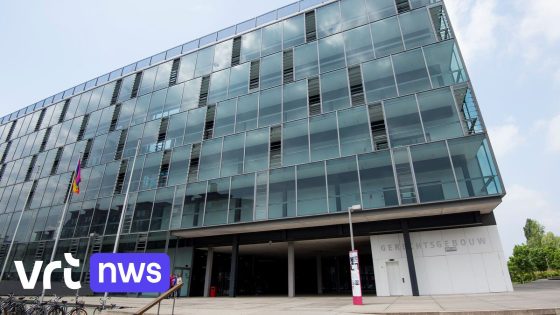On February 7, 2025, the eastern united states is bracing for the second of five winter storms expected to deliver significant snowfall and ice. This storm follows a previous system that caused severe weather and flooding across the Midwest and Northeast, marking a notable increase in winter precipitation compared to recent years.
- Second storm brings more snow than first.
- First storm caused severe weather and flooding.
- Jet stream drives fast-moving winter storms.
- Boston could see up to a foot of snow.
- Next week may bring additional winter storms.
- Snow totals could exceed past two winters combined.
The upcoming storm system has already impacted the West Coast and is moving quickly eastward. It is projected to traverse from coast to coast in under 72 hours, with heavy snowfall anticipated across various regions. Areas from central Minnesota through central Michigan may see between 3 to 6 inches of snow, while Chicago could experience less than an inch.
As this storm progresses, mixed precipitation including freezing rain will affect areas stretching from Missouri to Pennsylvania by Saturday morning. New York City and parts of New England are also expected to face significant snowfall totals that could surpass those recorded during Thursday’s storm.
- Boston may receive up to a foot of snow on Saturday night into Sunday.
- Central portions of New York could see at least 6 inches of snow.
- A brief lull in winter weather is forecasted before another potential storm early next week.
This series of storms marks a stark contrast to recent winters where Boston recorded less than two feet of snow over two years combined. The current pattern suggests that many areas might accumulate as much as one or two feet within this short period due to multiple incoming systems.
This sequence of winter storms presents an opportunity for regions like Boston and New York City to significantly increase their seasonal snowfall totals after experiencing lower amounts in prior winters. With ongoing meteorological conditions favoring such systems, residents should prepare for challenging travel conditions and possible disruptions over the coming days.

































